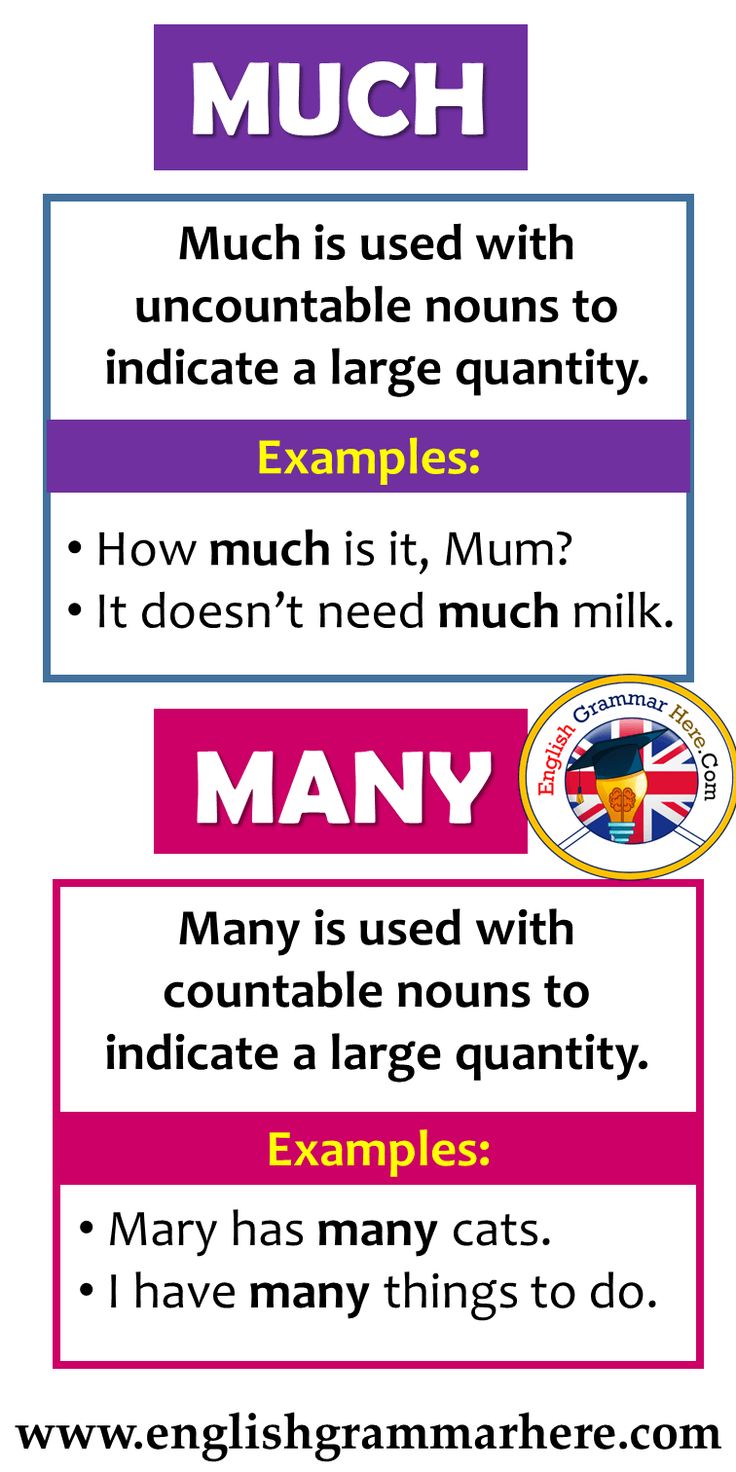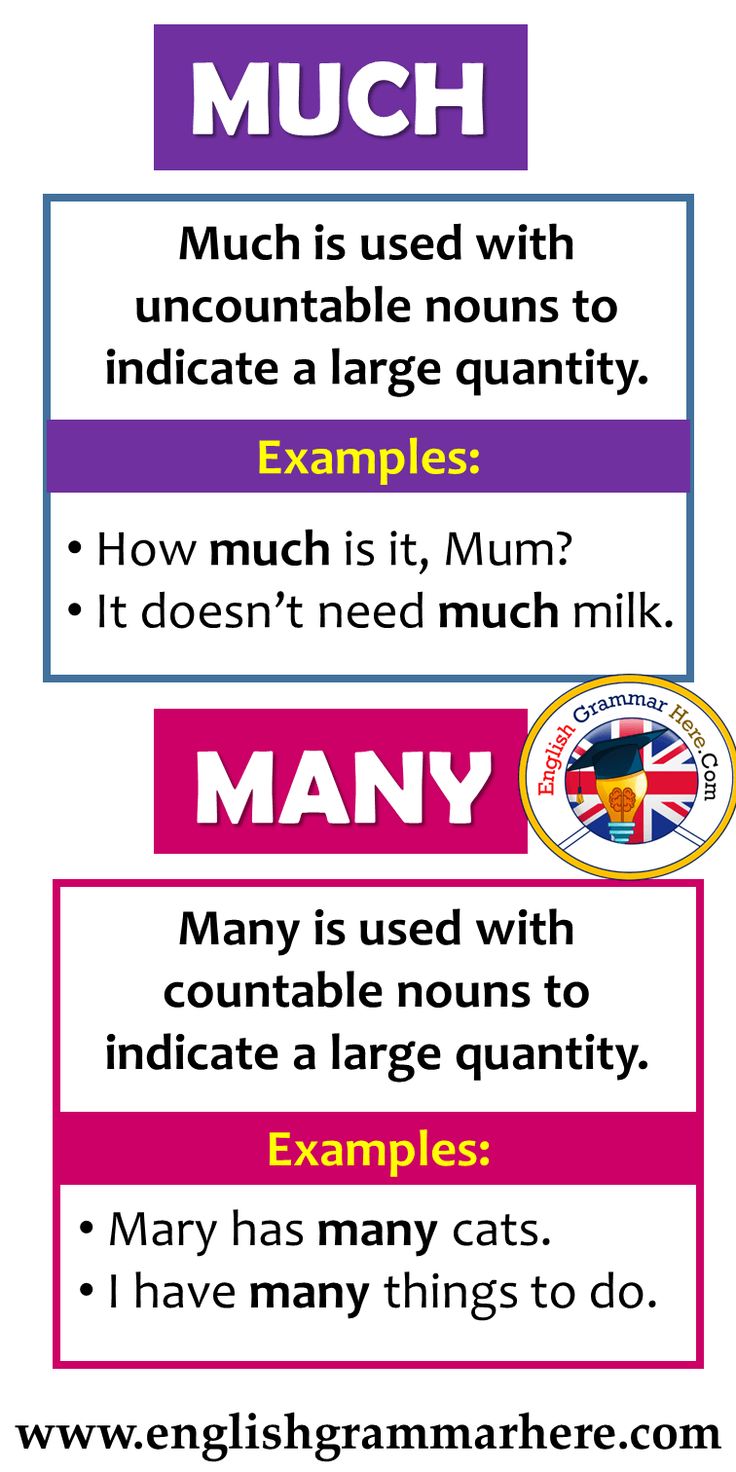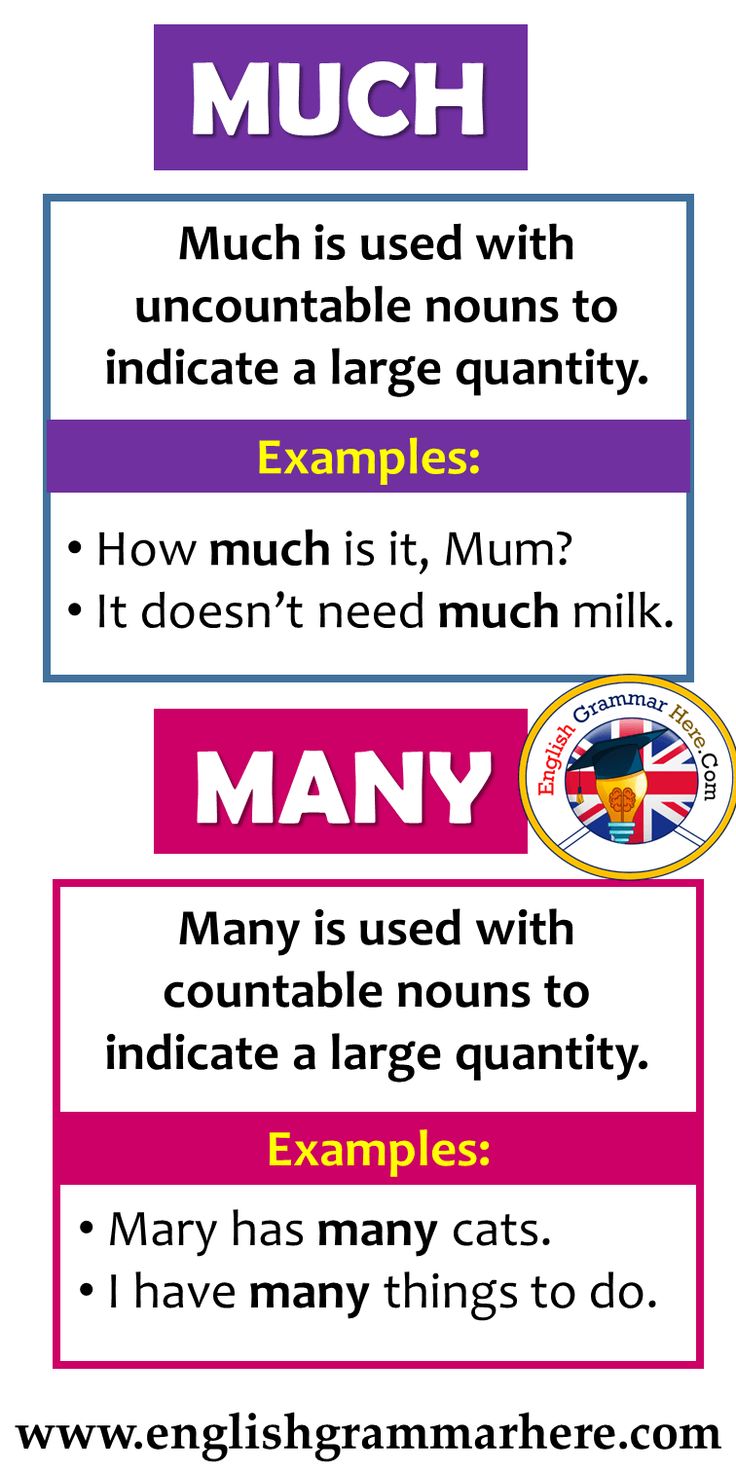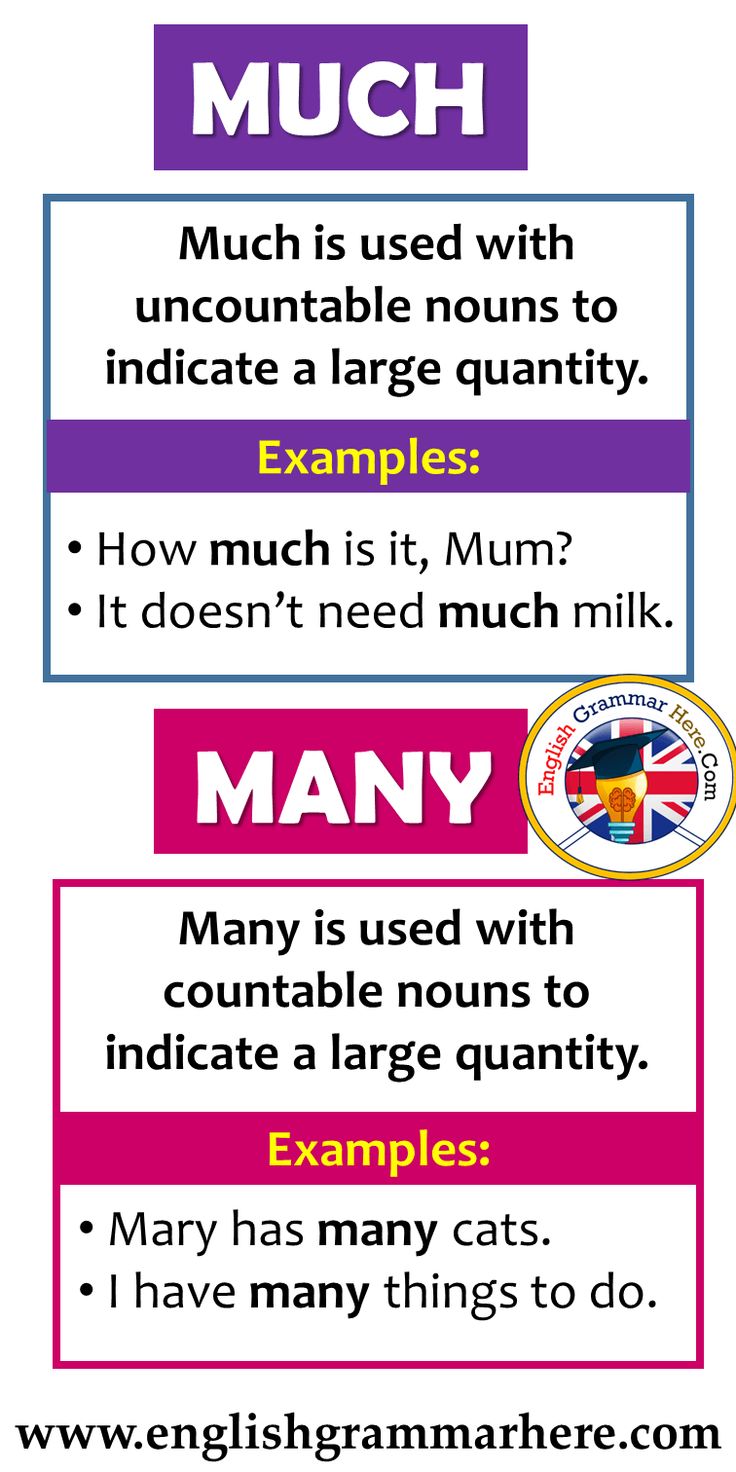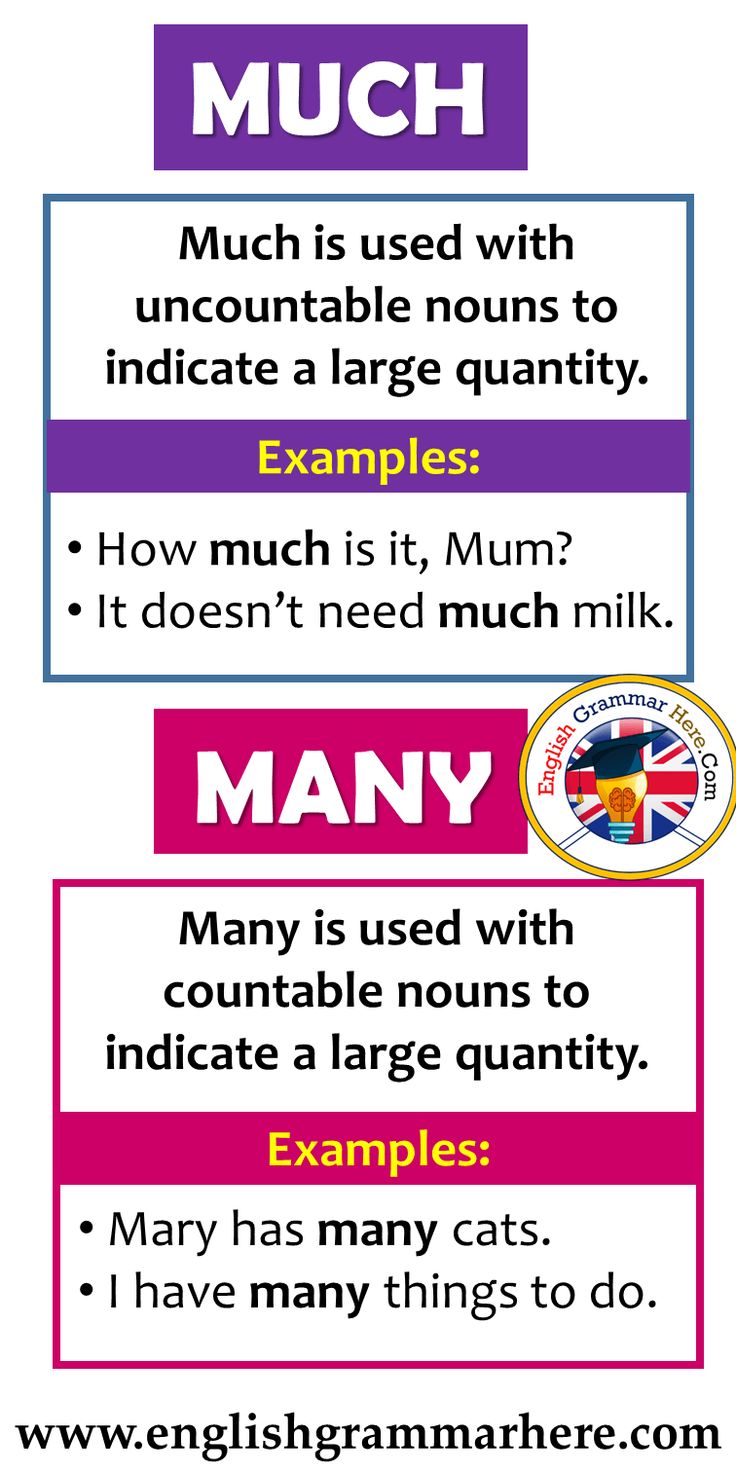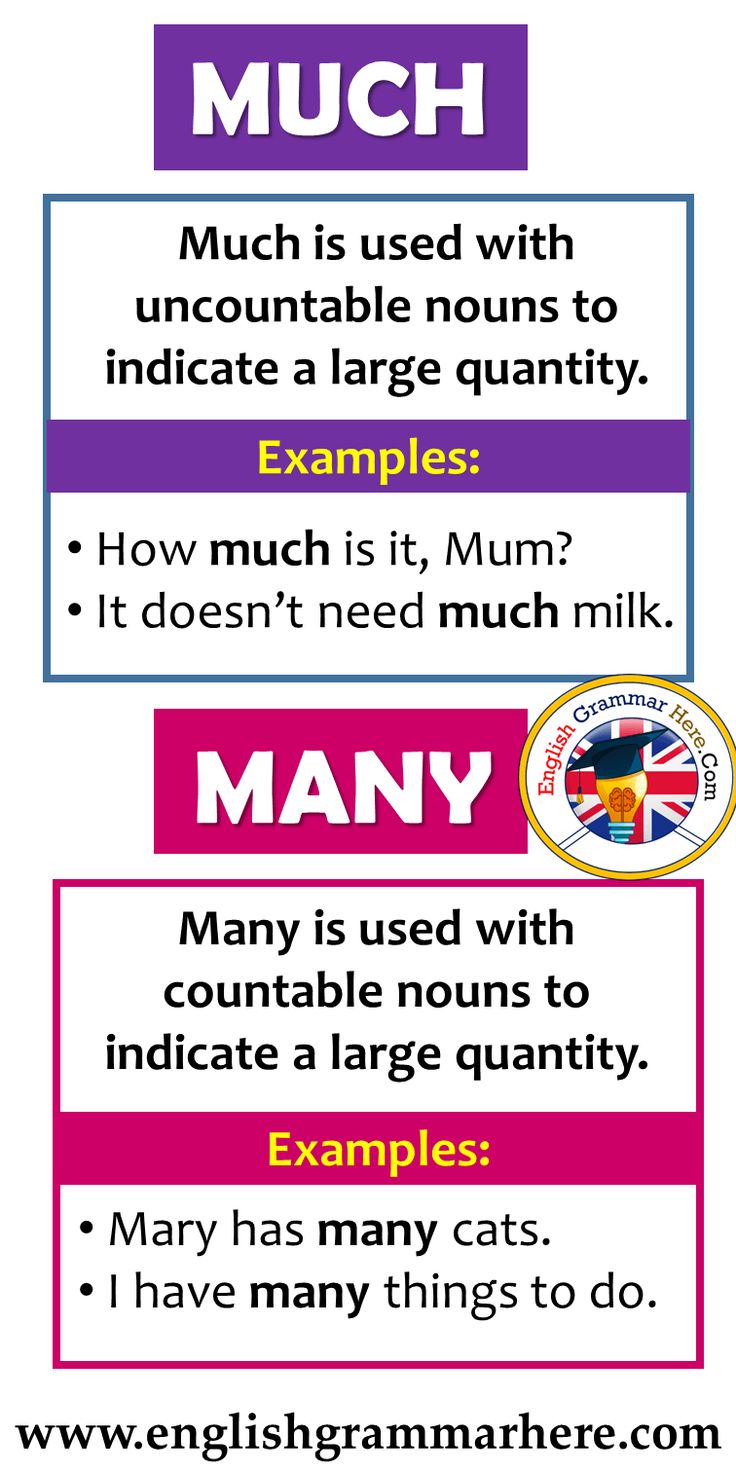How Much Do Brakes Cost For A Jeep Wrangler: A Comprehensive Guide
How Much Do Brakes Cost For A Jeep Wrangler: A Comprehensive Guide jeeps.truckstrend.com
The iconic Jeep Wrangler, synonymous with adventure, off-road capability, and rugged performance, demands a braking system that can keep up with its adventurous spirit. Whether you’re navigating urban jungles, traversing challenging trails, or towing gear for your next expedition, reliable brakes are paramount for safety and control. But when the time comes for brake maintenance or replacement, a common question arises: "How much do brakes cost for a Jeep Wrangler?"
This comprehensive guide will delve into the intricacies of Jeep Wrangler brake costs, exploring the various components, factors influencing pricing, options for repair, and practical advice to help you budget effectively and maintain your vehicle’s stopping power. Understanding these elements is crucial not just for your wallet, but for ensuring your Wrangler remains a safe and dependable companion on any journey.
How Much Do Brakes Cost For A Jeep Wrangler: A Comprehensive Guide
Understanding Your Jeep Wrangler’s Braking System
Before we discuss costs, it’s essential to understand the primary components of your Jeep Wrangler’s disc braking system. Each part plays a vital role in bringing your robust vehicle to a halt, and their condition directly impacts performance and safety:
- Brake Pads: These are friction materials that press against the rotors. They are the most frequently replaced component, designed to wear down over time. Their composition (organic, semi-metallic, ceramic) significantly influences performance, durability, and cost.
- Brake Rotors (Discs): Large metal discs attached to the wheel hub. When the brake pads clamp down on them, friction is created, slowing the wheel. Rotors can warp, develop grooves, or become too thin over time, necessitating replacement.
- Brake Calipers: These house the brake pads and piston(s). When you press the brake pedal, hydraulic pressure from the brake fluid pushes the piston, which in turn pushes the pads against the rotor. Calipers are less frequently replaced than pads or rotors but can be a significant cost if they seize or leak.
- Brake Fluid: A hydraulic fluid that transfers force from the brake pedal to the calipers. It’s crucial for system operation and requires periodic flushing and replacement as it absorbs moisture over time.
- Brake Lines/Hoses: These carry the brake fluid from the master cylinder to the calipers. While durable, they can degrade, crack, or corrode, leading to fluid leaks and brake failure.

Jeep Wranglers, especially those frequently used for off-roading, towing, or carrying heavy loads, often put more stress on their braking systems compared to standard passenger vehicles. This can lead to accelerated wear and potentially necessitate more robust, and thus more expensive, replacement parts.
Key Factors Influencing Jeep Wrangler Brake Replacement Cost
The cost of replacing brakes on a Jeep Wrangler isn’t a fixed figure; it’s a dynamic range influenced by several variables. Understanding these factors will help you anticipate expenses and make informed decisions:
1. Type and Quality of Parts

- OEM (Original Equipment Manufacturer) Parts: These are parts made by or for Jeep, designed to meet the exact specifications of your Wrangler. They offer guaranteed fit and performance but are typically the most expensive option.
- Aftermarket Parts (Standard/Economy): Produced by third-party manufacturers, these parts are often more affordable. Quality can vary widely, from basic replacements suitable for everyday driving to performance-oriented options.
- Aftermarket Parts (Performance/Heavy-Duty): Designed for demanding conditions, such as heavy towing, off-roading, or aggressive driving. These often feature premium materials (e.g., ceramic pads, drilled/slotted rotors) that offer superior heat dissipation, better stopping power, and longer life, but come at a higher price point.
- Remanufactured Parts: Often applies to calipers. These are used parts that have been rebuilt to OEM specifications. They are a cost-effective alternative to new calipers.

2. Labor Costs
Labor rates vary significantly based on:
- Geographic Location: Metropolitan areas generally have higher labor costs than rural areas.
- Type of Repair Shop:
- Dealerships: Typically have the highest labor rates due to specialized training, diagnostic equipment, and often offering genuine OEM parts.
- Independent Mechanics: Often provide a good balance of expertise and competitive pricing.
- Chain Auto Repair Shops: Can offer competitive pricing and convenience, but quality of service and expertise can vary.
- Complexity of the Job: A simple pad replacement is quicker and cheaper than a full pad and rotor replacement, or a job that requires caliper replacement and brake fluid bleeding.
3. Which Axle Needs Service (Front vs. Rear)
Front brakes typically do about 70-80% of the stopping work and, as a result, wear out faster than rear brakes. Therefore, a front brake job is often needed sooner and might be slightly more expensive due to larger components and greater wear. However, many mechanics recommend replacing pads and rotors on both axles simultaneously for balanced braking, especially if your vehicle is older or has significant mileage.
4. Vehicle Age and Condition
Older Wranglers might present additional challenges like seized bolts or rusted components, which can increase labor time and cost. The specific model year and trim level can also influence part availability and pricing.
5. Driving Habits and Conditions
- Aggressive Driving: Frequent hard braking, rapid acceleration, and quick stops will wear out brakes much faster.
- Heavy Towing/Hauling: The added weight puts immense strain on the braking system.
- Off-Roading: Mud, water, dust, and uneven terrain can accelerate wear and introduce contaminants into the system.
- Mountainous Terrain: Frequent downhill braking leads to increased heat and wear.
DIY vs. Professional Installation: Cost-Benefit Analysis
When considering brake replacement for your Wrangler, you have two primary options:
DIY (Do-It-Yourself)
- Pros: Significant savings on labor costs. You only pay for parts. Provides a sense of accomplishment and a deeper understanding of your vehicle.
- Cons: Requires mechanical knowledge, specific tools (jack, jack stands, torque wrench, caliper compressor, brake fluid bleeder kit), and a safe working environment. Errors can lead to catastrophic brake failure, compromising safety. Takes time and effort. No warranty on labor.
- Cost: Only parts cost, which can range from $70 – $500+ per axle depending on quality.
Professional Installation
- Pros: Expertise and experience ensure the job is done correctly and safely. Access to specialized tools and diagnostic equipment. Warranty on parts and labor. Saves you time and effort.
- Cons: Higher overall cost due to labor charges.
- Cost: Includes parts and labor, generally ranging from $150 – $750+ per axle or $400 – $1500+ for all four wheels, depending on the factors listed above.
For most Jeep Wrangler owners, especially those without extensive automotive experience or the proper tools, professional installation is the recommended and safer option.
Signs Your Jeep Wrangler Needs New Brakes
Don’t wait until it’s too late. Recognizing the warning signs of worn brakes is crucial:
- Squealing or Chirping Noise: Often the first sign, indicating worn brake pads (wear indicators rubbing against the rotor).
- Grinding Noise: A more serious sign, indicating metal-on-metal contact, meaning your pads are completely worn and the backing plate is grinding against the rotor. This can severely damage the rotors.
- Vibration or Pulsation: A pulsating feeling in the brake pedal or steering wheel, often indicative of warped rotors.
- Longer Stopping Distances: Your Wrangler takes longer to slow down or stop, a clear sign of reduced braking efficiency.
- Soft, Spongy, or Low Brake Pedal: Can indicate air in the brake lines, low brake fluid, or a failing master cylinder.
- Pulling to One Side: When braking, the vehicle pulls to the left or right, which could point to a seized caliper, uneven pad wear, or a contaminated brake line.
- Brake Warning Light: An illuminated light on your dashboard (either a general brake system warning or an ABS light) should prompt immediate inspection.
Practical Advice and Actionable Insights
- Get Multiple Quotes: Don’t settle for the first estimate. Contact a few reputable independent mechanics and potentially a dealership for comparison. Be specific about what you want (e.g., "pads and rotors for the front axle").
- Understand the Quote: Ask for a detailed breakdown of parts and labor. Inquire about the brand and type of parts they intend to use.
- Ask About Warranty: Most reputable shops offer a warranty on both parts and labor. Understand its duration and coverage.
- Regular Inspections: Include brake inspections as part of your routine maintenance. Many shops offer free brake checks.
- Don’t Ignore Warning Signs: Addressing minor issues early can prevent more costly repairs down the line. Grinding brakes, for example, can quickly ruin rotors that might otherwise have been "resurfaced" (if they are thick enough).
- Consider Upgrades for Specific Use: If you frequently off-road, tow, or drive aggressively, investing in performance or heavy-duty brake components can save you money in the long run by offering greater durability and better performance.
Price Table: Estimated Brake Costs for a Jeep Wrangler
Please note: These are estimated ranges and can vary significantly based on location, specific vehicle model year, parts quality, and the shop performing the work. Prices are for parts and labor unless specified.
| Service/Component | Part Quality/Type | Estimated Parts Cost (Range) | Estimated Labor Cost (Range) | Total Estimated Cost (Per Axle, Installed) | Notes |
|---|---|---|---|---|---|
| Brake Pads (Front Axle) | Economy | $30 – $70 | $80 – $150 | $110 – $220 | Pads only, if rotors are still good and within spec. |
| Standard/OEM | $50 – $120 | $80 – $150 | $130 – $270 | ||
| Performance | $80 – $200 | $80 – $150 | $160 – $350 | ||
| Brake Pads (Rear Axle) | Economy | $25 – $60 | $70 – $140 | $95 – $200 | Pads only, if rotors are still good and within spec. |
| Standard/OEM | $40 – $100 | $70 – $140 | $110 – $240 | ||
| Performance | $70 – $180 | $70 – $140 | $140 – $320 | ||
| Pads & Rotors (Front Axle) | Economy | $70 – $170 | $100 – $250 | $170 – $420 | Most common "full brake job" for an axle. |
| (Commonly Replaced Together) | Standard/OEM | $120 – $270 | $100 – $250 | $220 – $520 | |
| Performance | $180 – $500 | $100 – $250 | $280 – $750 | Drilled/Slotted Rotors, Ceramic Pads. | |
| Pads & Rotors (Rear Axle) | Economy | $60 – $150 | $90 – $220 | $150 – $370 | |
| Standard/OEM | $100 – $250 | $90 – $220 | $190 – $470 | ||
| Performance | $150 – $450 | $90 – $220 | $240 – $670 | ||
| Brake Caliper Replacement (Each) | Remanufactured | $60 – $150 | $50 – $100 | $110 – $250 | Plus fluid bleeding. If one fails, consider replacing in pairs on axle. |
| New OEM | $100 – $300 | $50 – $100 | $150 – $400 | ||
| Brake Fluid Flush & Bleed | Standard | $20 – $40 (Fluid) | $80 – $150 | $100 – $190 | Recommended every 2-3 years or 30,000 miles. |
| Complete 4-Wheel Brake Job | Standard/OEM | $220 – $520 | $190 – $470 | $410 – $990 | Pads & Rotors for all four wheels, independent shop estimate. |
| (Pads & Rotors) | Performance | $330 – $950 | $190 – $470 | $520 – $1420 | |
| Complete 4-Wheel Brake Job (Dealership) | OEM | N/A | N/A | $700 – $1500+ | Often includes fluid check/top-off. Can be higher for specific models. |
Note: DIY costs would exclude the labor component from the "Total Estimated Cost" column.
Frequently Asked Questions (FAQ)
Q1: How often do Jeep Wrangler brakes need to be replaced?
A1: It varies greatly depending on driving habits, terrain, and the quality of parts. Generally, brake pads last between 30,000 to 70,000 miles. Rotors often last twice as long as pads, but many shops recommend replacing them with pads for optimal performance and safety. Off-roading, heavy towing, or city driving with frequent stops will significantly reduce brake life.
Q2: Can I replace Jeep Wrangler brakes myself?
A2: Yes, it is a common DIY automotive task if you have the right tools (jack, jack stands, torque wrench, caliper compressor, etc.), mechanical aptitude, and access to reliable guides or videos. However, mistakes can lead to serious safety hazards, so if you’re unsure, it’s always best to consult a professional.
Q3: What’s the difference between OEM and aftermarket brake parts?
A3: OEM (Original Equipment Manufacturer) parts are made by or for Jeep and are identical to the parts your Wrangler came with from the factory. Aftermarket parts are produced by other companies. While some aftermarket parts are of excellent quality (often exceeding OEM for specific performance needs), others can be of lower quality. OEM parts usually guarantee a perfect fit and consistent performance, but aftermarket options often provide more variety in price and performance characteristics.
Q4: Why are my front brakes wearing faster than my rear brakes?
A4: This is normal for most vehicles, including the Jeep Wrangler. During braking, weight shifts forward, placing more load and friction on the front wheels. This design ensures maximum stopping power, but it means the front brakes will naturally wear out faster.
Q5: Do I need to replace calipers every time I replace pads and rotors?
A5: No, calipers are typically replaced only if they are leaking, seized, or otherwise malfunctioning. They are much more durable than pads and rotors. However, during a brake job, the mechanic will inspect the calipers for proper function, and if an issue is found, replacement might be recommended.
Q6: What’s a brake fluid flush, and is it necessary?
A6: A brake fluid flush involves draining the old brake fluid from the entire system and replacing it with fresh fluid. Brake fluid is hygroscopic, meaning it absorbs moisture over time, which can lower its boiling point, lead to corrosion in the brake lines, and reduce braking effectiveness. It’s generally recommended every 2-3 years or 30,000-45,000 miles to maintain optimal braking performance and longevity of brake components.
Q7: Why do my new brakes squeal?
A7: New brakes can sometimes squeal for various reasons. It could be due to:
- Improper break-in (bedding): New pads and rotors need to be "bedded in" correctly.
- Pad material: Some performance or semi-metallic pads can be inherently noisier.
- Contamination: Oil, grease, or dirt on the pads or rotors.
- Improper installation: Lack of anti-squeal shims or lubrication on contact points.
- Cheap parts: Low-quality pads or rotors can be more prone to noise. If squealing persists, have them checked by a professional.
Conclusion
The cost of brakes for a Jeep Wrangler is a variable expense, ranging from a couple of hundred dollars for a basic pad replacement on one axle to over a thousand dollars for a comprehensive, high-performance brake system overhaul on all four wheels at a dealership. Key factors like parts quality, labor rates, and your driving habits play a significant role in the final bill.
Ultimately, investing in your Wrangler’s braking system is not just about managing costs; it’s about prioritizing safety. Regular inspections, prompt attention to warning signs, and choosing quality components and reputable service providers will ensure your Jeep Wrangler maintains its legendary capability and keeps you safe on every adventure, whether on the asphalt or off the beaten path. Don’t compromise on your ability to stop; it’s the most critical safety feature your vehicle possesses.

